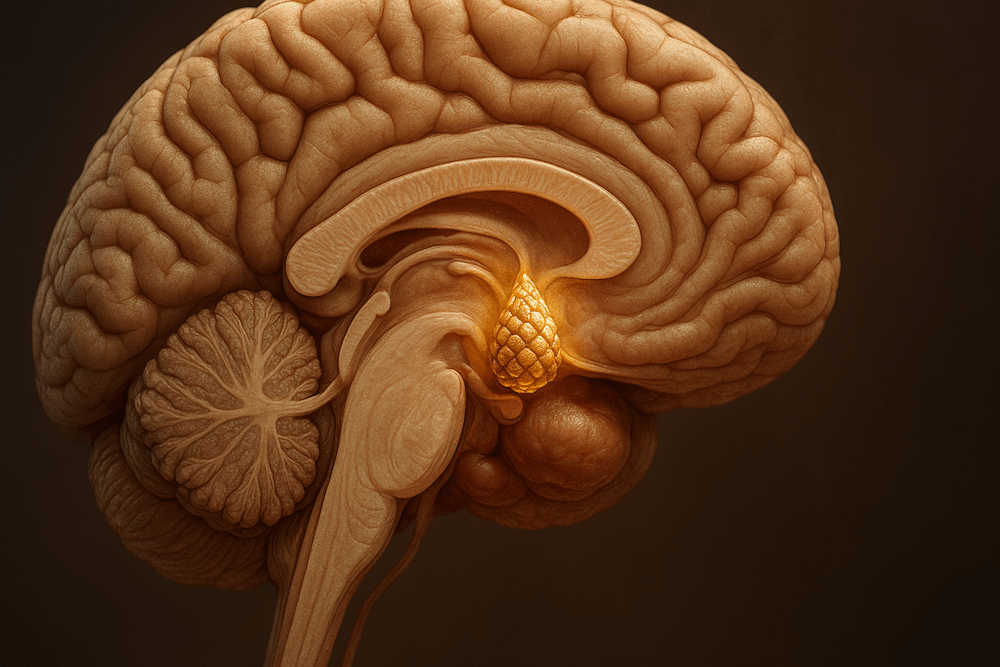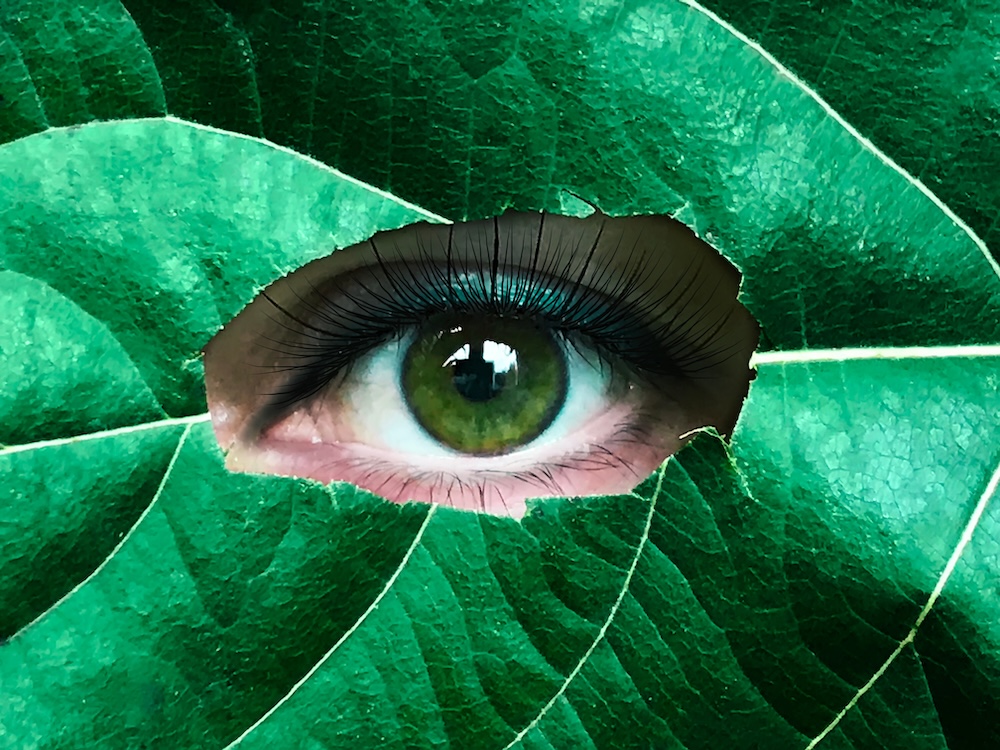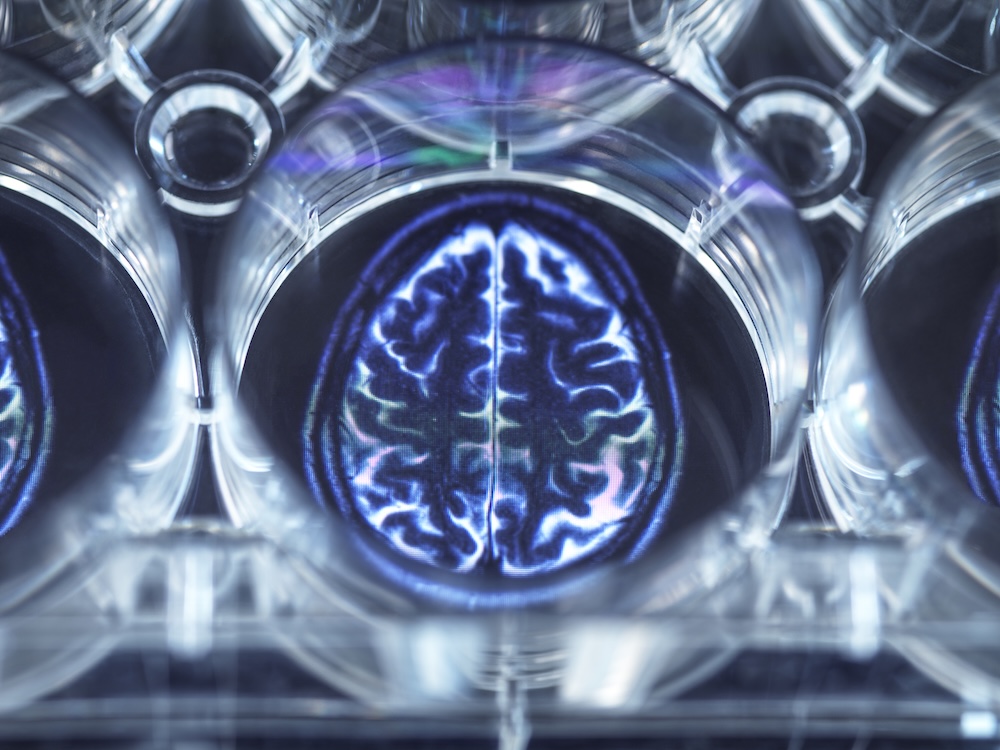For thousands of years, mystics, scientists, and spiritual seekers have been fascinated by a small, pine cone-shaped gland deep in the center of your brain. The pineal gland, often referred to as the "third eye," stands at the fascinating intersection of ancient wisdom and modern neuroscience, bridging the gap between physical reality and spiritual consciousness.
This tiny endocrine organ, no larger than a grain of rice, has been venerated across cultures and throughout history. The pineal gland has long been thought to be a way to reach higher levels of consciousness and spiritual enlightenment. For example, the ancient Egyptians linked it to the Eye of Horus and Hindu traditions linked it to the Ajna chakra.
The Anatomy of Enlightenment
The pineal gland is located in the epithalamus, which is near the center of the brain between the two hemispheres. This is where many people believe the geometric center of consciousness is. The pineal gland is the only brain structure that isn't paired with another structure. This makes it unique because it isn't divided by the brain's midline.

The anatomical characteristics of the gland are exceptionally fascinating. It has photoreceptive cells that are like those in the retina, with rods and cones. This makes it a real "inner eye." This photosensitive nature allows it to detect light changes transmitted from the eyes through complex neural pathways, explaining its crucial role in regulating circadian rhythms.
The pineal gland is even more amazing because it is outside of the blood-brain barrier. Because of its unique position, it can get directly into the bloodstream, which makes it vulnerable to a wide range of chemicals and compounds that are present in the body. This can be both helpful and harmful.
The Science Behind the Mystery
Recent studies have shown that the main job of the pineal gland is to make and release melatonin, which is often called the "sleep hormone." This important hormone controls our sleep-wake cycles, seasonal rhythms, and many other bodily functions. The gland makes about 30 micrograms of melatonin every day. It makes the most of it when it's dark and almost stops when it's light.
The pathway for making melatonin is very interesting because it is so complicated. The gland changes tryptophan, an amino acid, into serotonin. Then, the enzyme arylalkylamine N-acetyltransferase (AA-NAT) changes serotonin into N-acetylserotonin. Lastly, the enzyme acetylserotonin O-methyltransferase (ASMT) changes this middle compound into melatonin.
"The pineal gland has the highest concentration of energy from our body, with two small arteries at its base providing more blood flow per cubic volume than any other organ in the body."
Recent scientific studies have identified trace quantities of N,N-dimethyltryptamine (DMT) in the pineal gland. Rick Strassman, a controversial researcher, thought that the pineal gland might make a lot of this powerful psychedelic compound during birth, death, and other extreme states. However, current evidence suggests that any DMT production is very low and unlikely to have psychoactive effects in normal circumstances.

Old Knowledge Meets New Understanding
For thousands of years, the idea of the third eye has been a part of spiritual traditions all over the world. The Ajna chakra, which is between the eyebrows, is thought to be the center of intuition and psychic abilities in Hinduism. Hindu gods and goddesses, like Shiva, are often shown with a real third eye on their forehead. This represents enlightenment and the ability to see beyond the physical world.
According to Buddhist traditions, the third eye is a way to go beyond normal perception and find the ultimate truths. The "ushnisha," the protuberance depicted on Buddha's head, is interpreted as a symbol of spiritual power and enlightenment. In these traditions, opening the third eye represents awakening to higher consciousness and developing inner wisdom.
The ancient Egyptians thought the pineal gland was the Eye of Horus, a sign of protection, royal power, and good health. The pinecone, which looks like the pineal gland, shows up a lot in Egyptian art and architecture. This suggests that they knew a lot about how important this gland is.
The mysteries of the pineal gland have even been studied by Western philosophy. The 17th-century French philosopher René Descartes famously called the pineal gland the "seat of the soul," thinking it was the place where the physical and spiritual worlds meet. Even though modern science has moved past this literal meaning, the metaphorical meaning is still very strong.
The Calcification Challenge
One of the most significant challenges facing pineal gland function in the modern world is calcification. This process, where calcium phosphate crystals accumulate in the gland, has been observed in children as young as two years old and affects an estimated 40% of Americans by age seventeen.
Fluoride seems to speed up the process of calcification because it has a very strong attraction to the pineal gland. Studies indicate that the pineal gland can accumulate fluoride concentrations between 14 and 875 mg/kg of wet weight, rendering it the most fluoride-saturated organ in the human body. These levels are the same as or even higher than those found in teeth and bones.
The implications of pineal calcification extend beyond just reduced melatonin production. Research has associated pineal calcification with numerous pathological conditions, such as mental disorders, neurodegenerative diseases, primary brain tumors, ischemic stroke, migraines, and sleep disturbances. Some studies indicate a link between calcified pineal glands and diminished cognitive function, although the precise mechanisms are still being explored.
Meditation and Pineal Activation
One of the most promising things about research on the pineal gland is that meditation and other spiritual practices may be able to reactivate it. Recent scientific studies have provided compelling evidence that meditation can positively impact pineal gland structure and function.

A groundbreaking study that came out in the last few years found that long-term meditators had a more stable structure in their pineal glands than people who didn't meditate. Even more interesting, this effect was directly related to the number of hours spent meditating over a lifetime. This suggests that regular practice can literally change and strengthen this important gland.
Several studies have shown that meditation raises melatonin levels. Individuals proficient in Transcendental Meditation and diverse yoga disciplines exhibit markedly elevated plasma melatonin levels immediately subsequent to meditation sessions in contrast to control intervals. Advanced meditators exhibit elevated baseline melatonin concentrations, indicating that consistent practice may fundamentally modify the gland's functionality.
Realistic Ways to Activate Your Third Eye
The idea of "opening" the third eye may seem mystical, but there are practical, evidence-based ways to help the pineal gland stay healthy and work well:
Meditation Techniques
Studies consistently demonstrate that meditation can augment the activity of the pineal gland. Specific techniques include focusing attention on the area between the eyebrows (the traditional location of the third eye), practicing darkness meditation to stimulate natural melatonin production, and engaging in trataka meditation—gazing at a candle flame and then focusing on the afterimage with eyes closed.
Control of Light
Since the pineal gland is very sensitive to light, getting the right amount of light is very important. This involves maximizing natural sunlight exposure during daytime hours while minimizing artificial light, especially blue light, during evening hours. Some practitioners also look into controlled times of complete darkness to boost melatonin production.
Help with Nutrition
Certain nutrients may support pineal gland function and potentially reduce calcification. Some of these are magnesium, which is involved in hundreds of enzymatic reactions and may help keep calcium from building up; raw cacao, which is high in antioxidants and thought to stimulate the pineal gland; and making sure you have enough B12, which helps convert melatonin.
Changes to your way of life
Using fluoride-free toothpaste and drinking filtered water may help lower the amount of fluoride you come into contact with, which may help lower calcification. It is important to learn how to deal with stress in different ways because long-term stress can affect the pineal gland's function. Regular exercise and good sleep hygiene are also good for the health of the pineal gland.
The Controversy and Scientific Scrutiny
It's important to remember that the study of the pineal gland, especially in relation to consciousness and spiritual experiences, is still controversial in mainstream science. While ancient traditions and anecdotal reports speak of profound consciousness-altering experiences through pineal activation, rigorous scientific evidence for such dramatic effects remains limited.
The DMT connection, made famous by researchers like Rick Strassman, has caught the public's attention, but scientists are not so sure about it. Recent research shows that the pineal gland doesn't make enough DMT on its own to cause the psychoactive effects that people often say it does. Different explanations for near-death experiences and mystical states probably have to do with complicated interactions between different parts of the brain and neurotransmitter systems.
Meditation has a clear effect on the pineal gland and the production of melatonin. However, claims that it can improve psychic abilities or supernatural perception are not well-supported by science. But this doesn't change the fact that meditation and optimizing the pineal gland can really help with sleep, health, and maybe even consciousness that is still within normal limits.
The Future of Pineal Research
As neuroscience progresses, our comprehension of the pineal gland's function in consciousness and spiritual experience may substantially enhance. New areas of research include looking into the gland's possible role in neuroplasticity and cognitive protection, looking into its links to the default mode network and other brain circuits related to consciousness, and coming up with better ways to measure and possibly reverse calcification.
Advanced imaging techniques are starting to show us more about how the pineal gland works in living people, and molecular biology is finding more compounds and pathways in the gland. The intersection of consciousness research and pineal physiology signifies a frontier where ancient wisdom and contemporary science may ultimately converge.
Conclusion
The pineal gland is one of the most interesting parts of the human body because it is where ancient spiritual knowledge and modern scientific research meet. Even though we don't fully understand all of its functions or prove all of the traditional claims about what it can do, current research shows that this small gland is very important for our physical and possibly even our spiritual health.
Whether you want to improve your sleep and circadian rhythms, learn more about your consciousness through meditation, or just keep your brain healthy as you get older, paying attention to how the pineal gland works has practical benefits that are backed up by science. The journey to understand and possibly "activate" the third eye may not be so much about gaining supernatural powers as it is about making the most of our natural abilities to be aware, gain insight, and be healthy.
The pineal gland is a strong reminder that some of the oldest ideas about consciousness and spirituality may still be true and need to be tested by science. By taking care of this amazing gland, we might not only improve our physical health, but we might also be able to have the kind of expanded awareness that mystics and sages have talked about throughout history.
The third eye, whether taken literally or figuratively, symbolizes humanity's perpetual pursuit to discern beyond the superficial, to uncover profound truths, and to broaden the horizons of consciousness. We take part in this timeless search for what it means to be fully awake and aware human beings by honoring both the scientific and spiritual meanings of the pineal gland.
